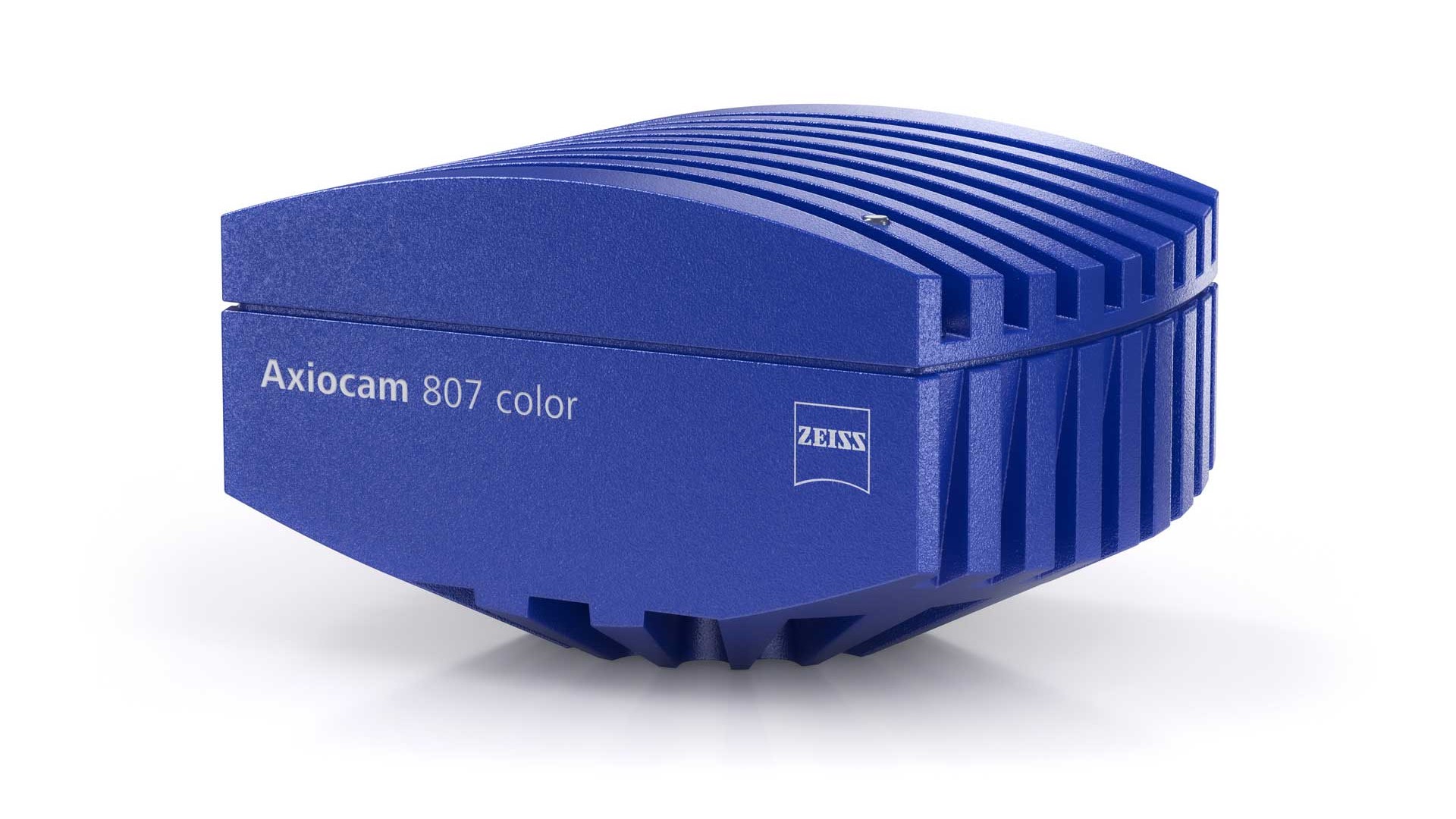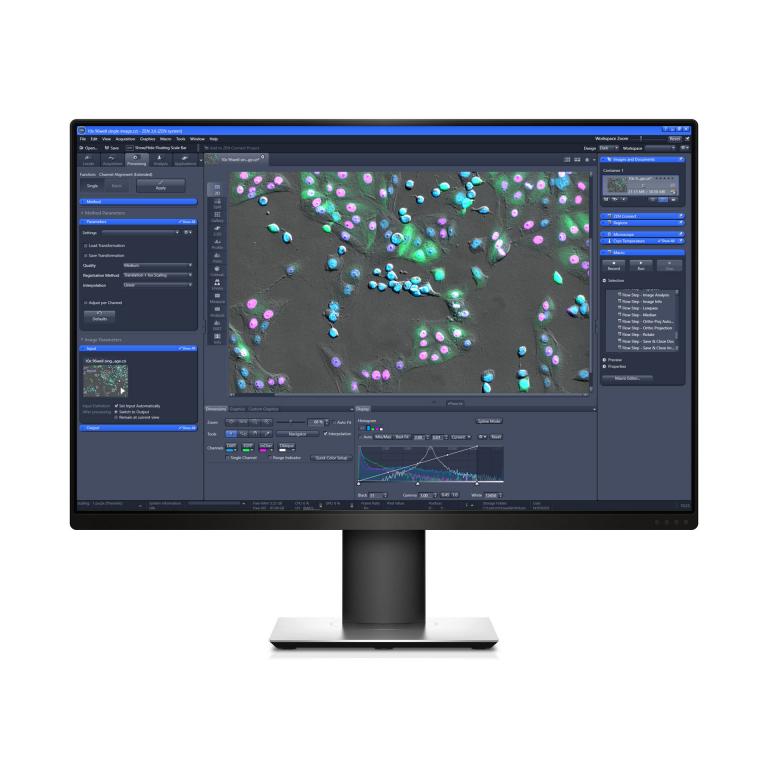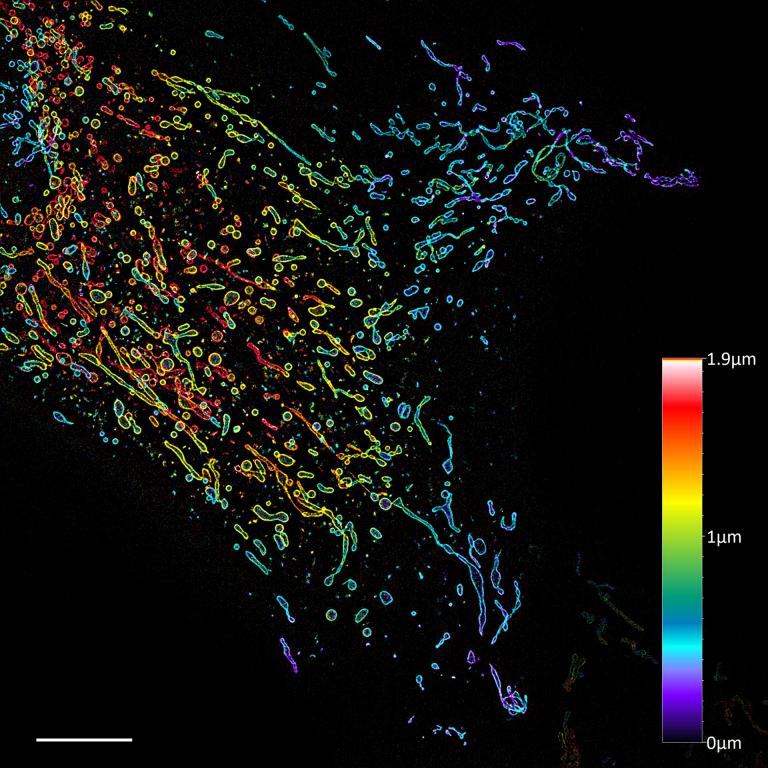Application Notes & Technical Insights
📘 Fluorescence Imaging with Axiocam 807 Mono
The Axiocam 807 Mono camera provides exceptional sensitivity for low-light fluorescence applications. To maximize performance:
- Use low excitation intensity to reduce phototoxic effects.
- Activate the cooling system to reduce dark current noise during long exposures.
- Apply flat-field correction in software to eliminate uneven illumination artifacts.

🔍 Image Stitching for Large Field of View
For biological and materials research, stitching allows you to observe wide samples with full detail. Recommendations include:
- Use a motorized stage for precise tile acquisition.
- Maintain 10–15% overlap between adjacent fields.
- Employ ZEN software for stitching with shading correction enabled.

🔬 Live Cell Imaging Guidelines
Live cell workflows demand environmental control and sensitivity to prevent cell stress:
- Use incubation chambers to maintain 37°C, 5% CO₂, and humidity.
- Utilize minimal exposure times, even in time-lapse sequences.
- Optimize autofocusing methods to reduce sample disturbance.

⚙️ Technical Maintenance & Calibration
Ensure consistent, high-quality imaging by performing regular maintenance:
- Clean objectives with ZEISS-approved lens cleaning kits.
- Calibrate each objective using a micrometer slide for accurate scaling.
- Keep optics dry and dust-free by using silica gel in storage cabinets.
🧠 Troubleshooting & Optimization
If imaging performance is degraded:
- Noise Issues: Reduce gain, increase averaging, or use longer exposure with cooling.
- Vignetting: Ensure proper condenser and field diaphragm alignment.
- Lag in Live Preview: Close background apps, check USB bandwidth, and reduce preview resolution.